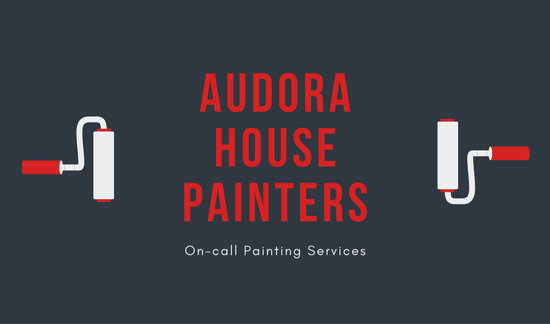Seasonal Factors To Consider For Commercial Outside Painting: What You Need To Know
Seasonal Factors To Consider For Commercial Outside Painting: What You Need To Know
Blog Article
Article Created By-Doherty Rosendal
When you're planning an industrial external painting task, seasonal aspects can make or break your results. You'll wish to consider exactly how temperature level and moisture effect paint application and drying out times. Picking the ideal period can ensure your paint adheres appropriately and lasts longer. Yet which periods are really the very best for this kind of job? Allow' related resource site out the key elements that can affect your task's success.
The Influence of Temperature on Paint Application
When you're preparing a business external painting job, the temperature can dramatically affect how well the paint sticks and dries out.
Preferably, you want to paint when temperatures vary in between 50 ° F and 85 ° F. If it's also cool, the paint may not cure correctly, resulting in concerns like peeling or splitting.
On the flip side, if it's too hot, the paint can dry also rapidly, preventing appropriate attachment and resulting in an unequal surface.
You should likewise take into consideration the time of day; morning or late afternoon offers cooler temperatures, which can be much more desirable.
Always examine the supplier's recommendations for the certain paint you're using, as they frequently provide guidance on the perfect temperature level range for optimum results.
Moisture and Its Result on Drying Times
Temperature level isn't the only environmental element that affects your commercial external paint project; humidity plays a significant role too. High moisture levels can slow down drying times considerably, influencing the total top quality of your paint work.
When the air is filled with moisture, the paint takes longer to cure, which can lead to issues like poor adhesion and a higher threat of mildew development. If you're repainting on a particularly moist day, be gotten ready for extensive delay times in between coats.
It's critical to keep an eye on local weather and plan appropriately. Preferably, go for https://www.housedigest.com/994614/diy-paint-hacks-worth-trying-in-your-home/ in between 40% and 70% for optimum drying out.
Keeping these consider mind ensures your job remains on track and delivers an enduring finish.
Best Seasons for Commercial Exterior Paint Projects
What's the best time of year for your commercial exterior painting projects?
Spring and very early autumn are typically your best choices. Throughout these periods, temperatures are moderate, and humidity levels are often lower, producing excellent conditions for paint application and drying.
Prevent summertime's intense heat, which can create paint to dry too swiftly, bring about bad bond and finish. In a similar way, winter's chilly temperatures can prevent appropriate drying out and treating, risking the durability of your paint task.
Go for days with temperature levels in between 50 ° F and 85 ° F for optimum results. Bear in mind to examine the neighborhood weather report for rainfall, as damp conditions can spoil your job.
Preparation around these variables guarantees your painting task runs smoothly and lasts longer.
Verdict
In conclusion, planning your commercial outside painting tasks around seasonal considerations can make a considerable distinction in the result. By organizing job during the optimal temperature levels and moisture degrees, you'll guarantee better adhesion and drying out times. Keep in mind to keep an eye on local weather report and pick the right time of year-- springtime and early autumn are your best options. Taking https://andreirmvd.blogcudinti.com/34461570/paint-your-method-to-a-beautiful-home-how-residence-painters-can-change-your-space will certainly assist you attain a sturdy and professional coating that lasts.
